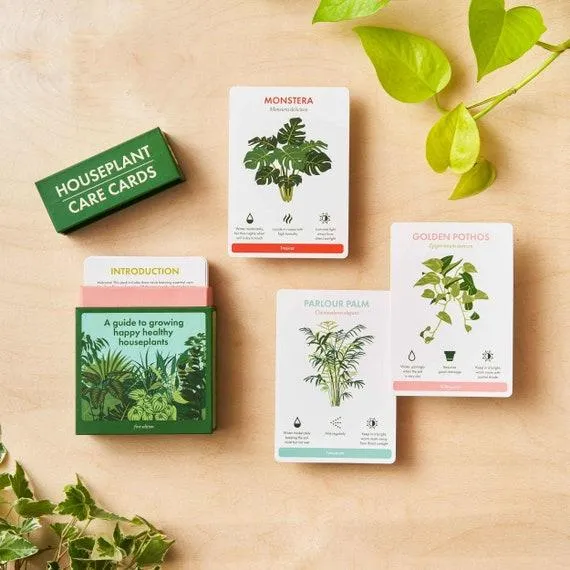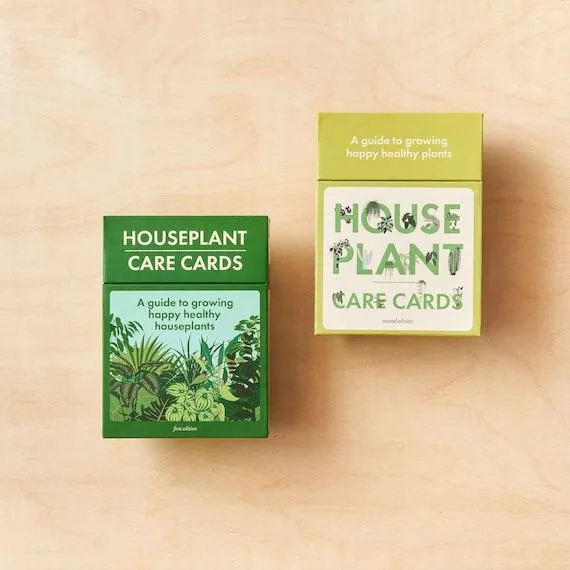Complete Guide to Wax Ivy Care: 13 Tips for Happy, Healthy Plants
Wax ivy is a popular houseplant known for its dark green, waxy leaves. But keeping wax ivy looking its best takes some know-how. In this article, I’ll cover everything you need to know to care for your wax ivy and keep it thriving for years to come.
13 Tips for Wax Ivy Care
- Light: Wax ivy prefers bright, indirect sunlight. It can tolerate low light but will grow slower and become leggy. South- or west-facing windows are ideal. Mine gets morning light and seems content.
- Water: Allow the soil to dry slightly between waterings. I stick my finger an inch into the soil to check moisture levels. Waxy leaves can become damaged by overwatering. During winter, water less frequently while the plant is less active.
- Humidity: Higher humidity around 50-60% helps wax ivy thrive. You can mist leaves occasionally or place the pot on a humidity tray filled with pebbles and water. From my experience, it tolerates average home humidity just fine.
- Soil: Potting soil specifically for foliage plants works well. I add extra perlite or orchid bark to improve drainage. Soggy soil is the root of lots of plant problems, so good drainage is key.
- Fertilizer: Feed monthly in spring and summer with a dilute liquid houseplant fertilizer. Too much nitrogen can cause lush growth at the expense of leaf size and texture. I find half the recommended strength does the trick.
- Pruning: Remove any leaves or stems that look unhealthy. You can trim leggy growth to encourage bushier growth. Be careful not to cut into the nodes where leaves emerge.
- Repotting: Repot every 1-2 years in early spring when new growth begins, or whenever roots begin to emerge from the drain holes. Choose a container just 1-2 inches larger to minimize stress.
- Pests: Check for signs of spider mites, scale or mealybugs. Treat immediately with neem oil or insecticidal soap if needed. Prevention is key – I isolate new plants for a few weeks as a precaution.
- Temperature: Wax ivy thrives between 65-80°F. It can tolerate brief spells cooler or warmer but will grow best within this range. Mine seems fine near a west window even in the dead of winter here in zone 5.
- Pollution: Clean dust from waxy leaves every few weeks using a soft cloth. Pollution can cause leaves to become dull or spotted over time if not wiped regularly.
- Rotations: Rotate the pot occasionally to encourage even growth. Leaning to one side for light can lead to lopsided growth otherwise. I spin mine 180° every week or two.
- Propagation: Root stem cuttings in moisture-retentive soil for new plants. Leave a few nodes exposed and keep the soil slightly moist. Roots should develop within a few weeks in my experience.
Common Problems and Solutions
There are a few issues wax ivy may face, but most are preventable if care guidelines are followed:
- Yellow or brown spots: This could indicate overwatering, mineral buildup, or lack of sunlight. Check moisture levels and move to brighter light if needed.
- Leaf drop: Drooping leaves or whole stems shedding may be due to low humidity, drafty conditions or overwatering. Raise humidity and check moisture level and airflow.
- Legginess: Tall, spindly stems often form without enough light. Prune stems back to encourage bushier growth, or move to a sunnier window.
- Pests: Check carefully for pests like spider mites, scale or mealybugs under leaves. Treat promptly following product instructions. Prevent overcrowding too.
- Soil problems: Soggy, compacted soil can lead to root rot. Ensure good drainage and only water when slightly dry. Repot if needed.
Tips from Experience
I’ve been growing wax ivy for about 5 years now and have learned a trick or two. Some things I’ve noticed:
– Wax ivy can go quite awhile between waterings – like almost three weeks sometimes. So don’t panic if it seems dry.

– They recover well from minor leaf yellowing but take cuttings of really unhealthy leaves to keep the plant’s energy focused on new growth.
– Rotating regularly prevents one-sided growth but go slowly at first until the roots settle into their new pot.
– Early spring is the best time for a repot if the plant seems pot-bound. It has time to establish before heat stress.
– They sometimes get crispy brown tips in drier winter air. Just trim these off without worry – the plant isn’t in distress.

– Wax ivy branches easily grow long if not pruned back occasionally. I basically snip any stems longer than 10 inches for a full, lush look.
So in summary – Go slowly when caring for wax ivy, avoiding overwatering or overcrowding or heavy pruning all at once. With patience and TLC, your plant will reward you for years!
Wax Ivy Care Tips
| Light | Water | Soil | Humidity | Temperature |
|---|---|---|---|---|
| Partial to bright shade | Water when top inch of soil is dry | Well-draining potting mix | Moderate | Between 65-80°F |
| At least 6 hours of indirect sunlight | Avoid overwatering as leaves can rot | Can tolerate poor drainage if well-aerated | Mist leaves to increase humidity around plant | Avoid cold drafts and frost |
| South or east facing windows ideal | Water less in winter when growth is slow | Add perlite or sand to potting mix for drainage | Position in bathroom for humidity from showers | Bring indoors before first frost |
| Too much shade causes leggy growth | Let soil dry out between waterings | Pot should have drainage holes | Avoid non-stop direct sunlight or drying out | Tolerates 60-85°F |
FAQ
-
What type of climate does wax ivy prefer?
Wax ivy basically likes warm conditions. It thrives in humid climates with temperatures around 65-85 degrees Fahrenheit.
-
How often should I water wax ivy?
You’ll need to water wax ivy sort of regularly to keep the soil moist but not soaked. Around once every 5-7 days is generally good, or whenever the top inch of soil dries out. At the same time, be careful not to overwater it.

-
What kind of soil does wax ivy like?
Wax ivy does best in rich, well-draining soil. A potting mix for houseplants or cacti/succulents works well. The soil shouldn’t stay soggy.
-
Does wax ivy need fertilizer?
You can give wax ivy fertilizer during the growing season from spring to fall. Use a diluted liquid houseplant fertilizer every few months. Still, wax ivy is pretty low maintenance – it may not even need fertilizer.
-
How do I prune wax ivy?
You can trim wax ivy to shape it or keep it bushy. Cut stems back to where you see new growth emerging. Prune right after flowering. Use clean pruning shears.
-
What pests affect wax ivy?
Mealybugs, scale, and spider mites sometimes bother wax ivy. Check leaves regularly and wipe pests away with a cotton ball dipped in alcohol if you spot them. Neem oil spray can help repel pests too.

-
Why are some of my wax ivy leaves turning yellow?
Wilting or yellow leaves could mean the soil is staying too wet or the plant needs fertilizer. Overwatering is a common issue. Check the soil and improve drainage if thats the problem. Fertilize in spring and summer.
-
Is wax ivy poisonous?
While the plant itself isn’t toxic, it appears the sap could potentially cause a reaction in some folks with very sensitive skin. So basically keep it away from little kids and pets as a precaution. But hopefully we won’t have to find out!
However, wax ivy makes an awesome houseplant that’s pretty hard to kill. With the right care wax ivy can remain full and bushy for years. I’ve had my plant for what feels like forever, since college I think. It brings back memories of studying for exams with my ivy by my side – we made it through together! Despite some yellowing leaves over time, it’s still kicking. Perhaps you’ll develop as strong a bond with your new wax ivy as I have with mine. Let me know if you have any other wax ivy care questions!
